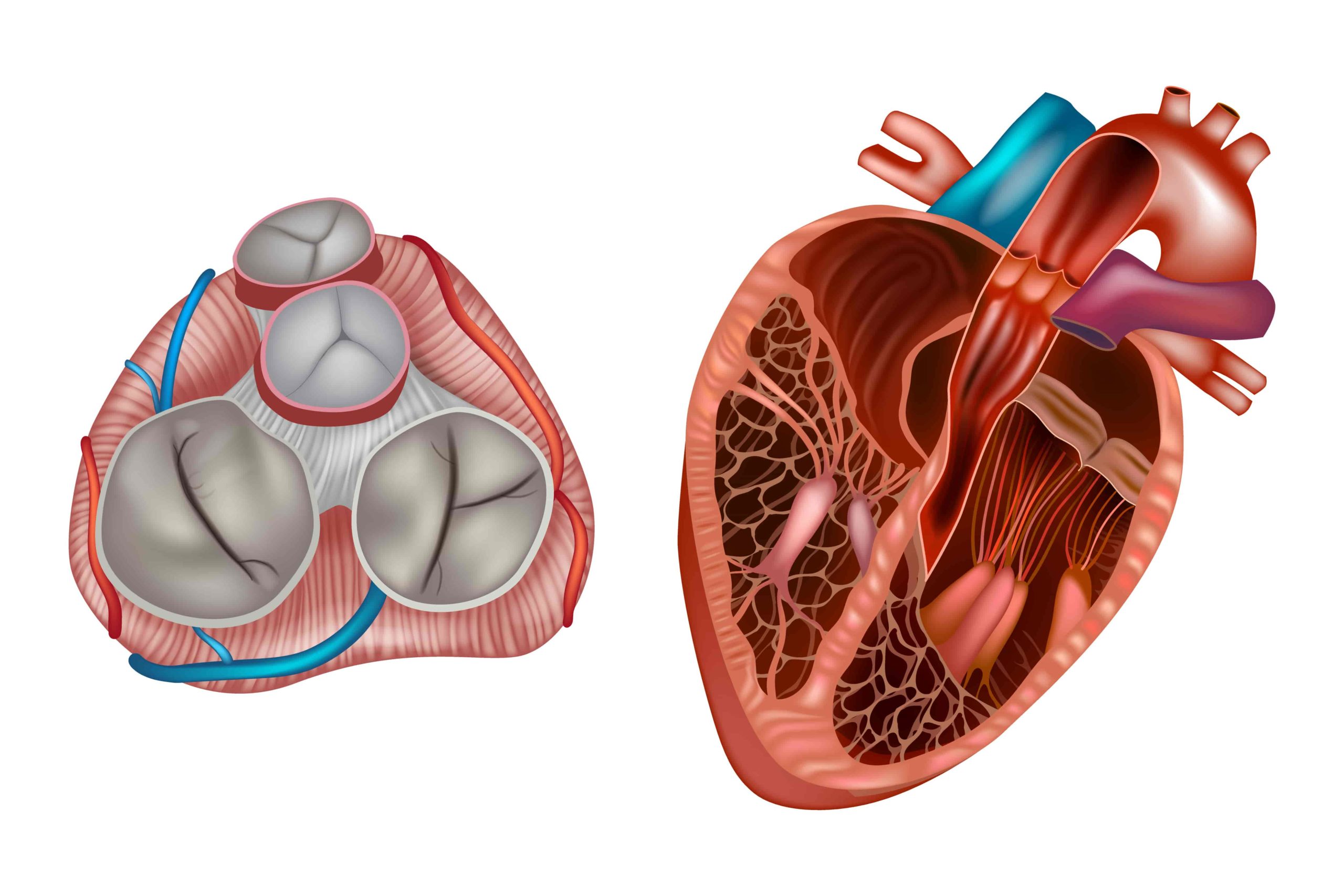Pulmonary Valve Stenosis


The pulmonary valve is situated between the lower right heart chamber (right ventricle) and the pulmonary arteria’sPulmonary valve stenosis is a medical condition wherein there is a narrowing of the pulmonary valve. This, in turn, reduces the blood flow. Pulmonary valve stenosis is caused by several factors such as genetic history, rheumatic fever, etc.
The two most common treatment methods for pulmonary valve stenosis are balloon valvuloplasty and open-heart surgery.
Request an appointment at Apollo Hospitals.
What is pulmonary valve stenosis?
Pulmonary valve stenosis is a condition in which, the pulmonary valve in the heart does not open wide enough to let the blood in or out of our heart. This constricts blood flow. The pulmonary valve is located between the pulmonary artery and the right ventricle. In mild cases, pulmonary valve stenosis does not require surgical intervention and may not even cause any symptoms . But in moderate to severe cases, surgery is required.
Pulmonary valve stenosis is a congenital disease and is most commonly found in children. In adults, this condition occurs due to other medical conditions. This condition can be diagnosed in early childhood. However, sometimes it may not be diagnosed until much later.
Diagnostic tests include:
Physical examination and identification of a murmur
Electrocardiogram – In this test, electrodes are put on a person’s chest, wrists and ankles, and these measure the electrical activity in the heart. This will help determine if the right ventricle has become thick.
Echocardiogram – This test is used to test the structure and functioning of the pulmonary valve. Sound waves on your heart help produce images on a screen
Other imaging tests: CT and MRI scans are used sometimes to confirm the diagnosis of pulmonary valve stenosis.
Cardiac catheterization: CT and MRI scans – The imaging from these scans can help diagnose pulmonary valve stenosis.
What are the symptoms and the causes of pulmonary valve stenosis?
The following are the symptoms of pulmonary valve stenosis:
- Chest pain
- A murmur in the heart
- Fainting
- Nausea
- Fatigue
- Trouble breathing
- Prominent jugular vein
There are a few factors that are known to cause pulmonary valve stenosis. These are:
- Genetic history of pulmonary valve stenosis
- Other heart abnormalities
- Rheumatic fever and carcinoid syndrome
- Pulmonary valve replacement
Also Read About: Transcatheter Aortic Valve Replacement
When do you need to visit a doctor?
It might be time to visit a doctor if you experience any of the symptoms mentioned above. These include pain in the chest, difficulty breathing or fainting.
Request an appointment at Apollo Hospitals.
Call 1860-500-1066 to book an appointment.
What are the risk factors and complications associated with pulmonary valve stenosis?
Because pulmonary valve stenosis usually develops before birth, there aren’t many known risk factors There are a few factors that make you more vulnerable to developing pulmonary valve stenosis. These are:
- Carcinoid syndrome
- Rheumatic fever
- Noonan syndrome
- Pulmonary valve replacement
If pulmonary valve stenosis is not treated, a few complications may arise. These are:
- Ventricular hypertrophy – This condition involves enlargement of the heart.
- Arrhythmia – This involves Irregular heartbeats.
- Cyanosis – The skin on your chest turns blue due to a lack of blood.
- Infection – People can develop a bacterial infection at the heart’s lining.
- Heart failure
How is pulmonary valve stenosis treated?
There are two treatment options when it comes to pulmonary valve stenosis. These are:
- Balloon Valvuloplasty – In this procedure, the doctor places a small tube with a non-inflated balloon through the vein in your leg to your pulmonary valve. Then the doctor inflates the balloon which allows the valve to expand and increase the blood flow. Once this is achieved, the balloon is removed.
- Open-heart Surgery – When balloon valvuloplasty fails to work, then the next treatment option is open-heart surgery. This includes either replacing the valve with an artificial valve or repairing one’s pulmonary artery.
Conclusion
Pulmonary valve stenosis is a medical condition involving the pulmonary valve. It can cause problems in heartbeat and breathing. Pulmonary valve stenosis is caused by several factors such as genetic history, rheumatic fever, etc. The two most common treatment methods for pulmonary valve stenosis are balloon valvuloplasty and open-heart surgery.
Frequently Asked Questions (FAQs)
Can I keep pulmonary valve stenosis in check?
Doctors recommend that you exercise, eat healthy and nutritious food and visit your cardiologist regularly.
Are there any medicines needed to keep this in check?
Mild pulmonary stenosis my need no treatment. However, moderate and severe cases may worsen and need a surgery. Fortunately, treatment is usually highly successful, and many people with pulmonary valve stenosis can expect to lead a normal life.
Can my child develop pulmonary valve stenosis?
Yes. If there is a history of pulmonary valve stenosis in the family, then your child may develop this condition at birth.
© Copyright 2024. Apollo Hospitals Group. All Rights Reserved.
 +91 8069991061
Book Health Check-up
Book Health Check-up
Book Appointment
Book Appointment
+91 8069991061
Book Health Check-up
Book Health Check-up
Book Appointment
Book Appointment







